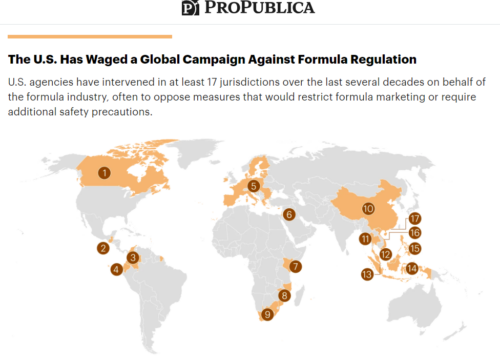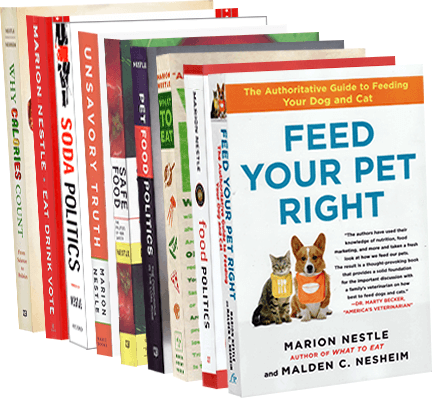What’s the story on bird flu?
I’m trying to make sense of the ongoing spread of bird flu to chickens, dairy cows, and an occasional person.
Bird flu, avian influenza, is (obviously) a viral disease in wild birds, but highly pathogenic strains can and do infect chickens, animals, and people.
It was considered sporadic and not much of a problem until we started industrial chicken production, crowding tens of thousands of chickens together in on huge barn. Viruses can spread easily under those conditions.
Once bird flu gets into a chicken flock, the common practice is to—and here is one of my favorite euphemisms—“depopulate” the birds.
Or try another euphemism: The virus has “claimed” 2 million chickens in Texas.
“Culling” (another term) is expensive and cruel. And taxpayers pay for it.
But now, to further complicate matters, bird flu has spread to at least 13 herds of dairy cows.
This is being attributed to contagion from migratory birds. But milking and herd transport may also be responsible.
Bird flu has also spread to at least one person who worked with dairy cows.
Oh dear. This has “spooked” cattle and dairy stock prices.
But there’s more: Scientists suspect bird flu may be responsible for widespread deaths of penguins in Antarctica.
This virus is causing lots of problems and I’d like to know a lot more about what is causing its transmission.
In the meantime, the CDC says the risk to humans is low, but people who work with chickens or susceptible animals should take precautions.
Masks and handwashing? Always a good idea.








